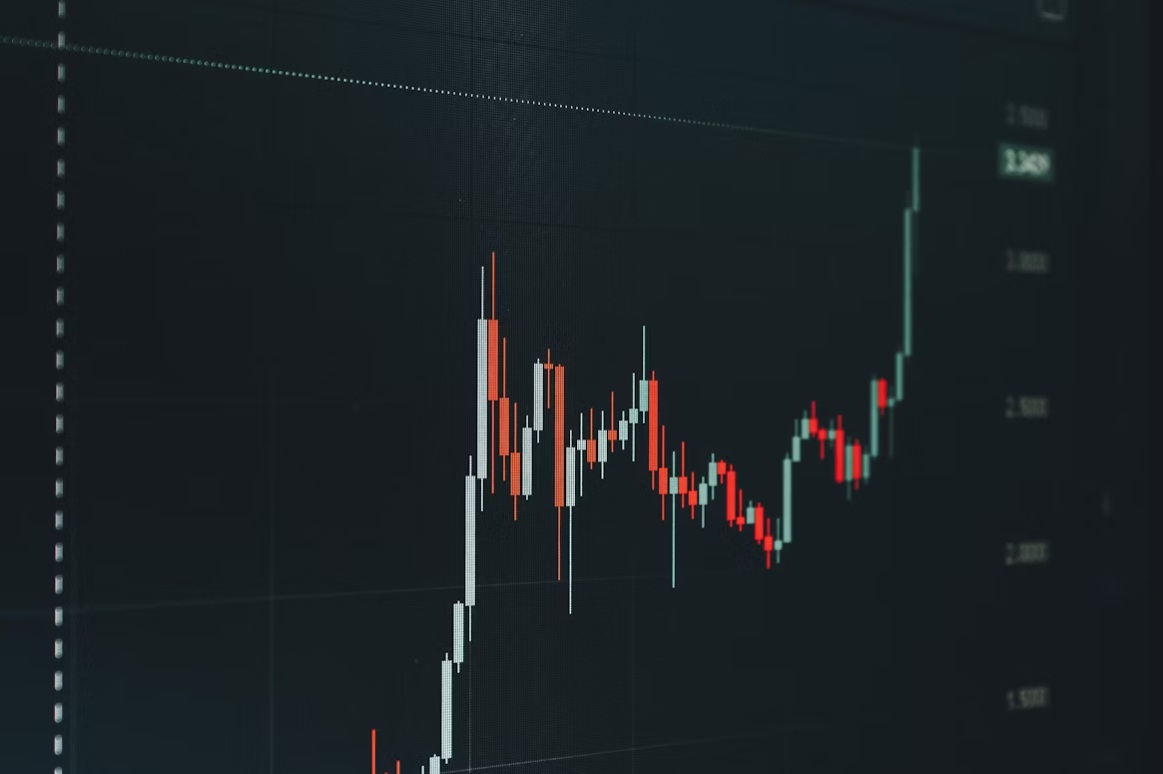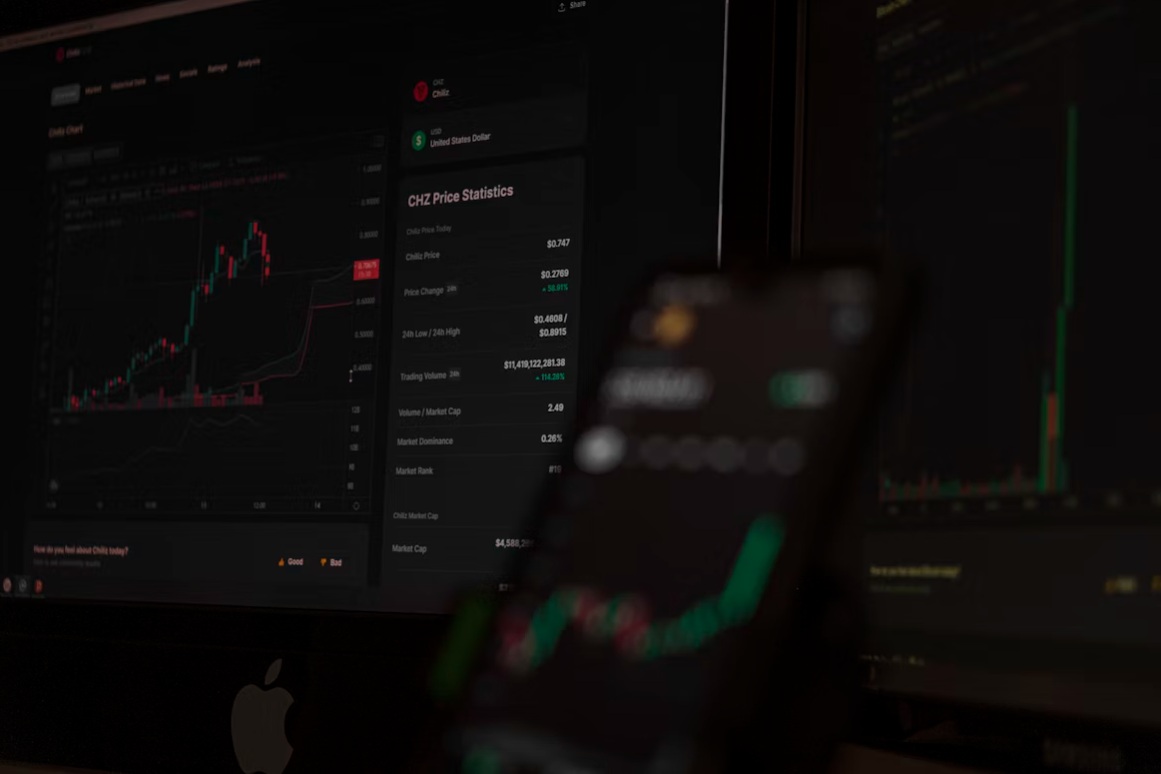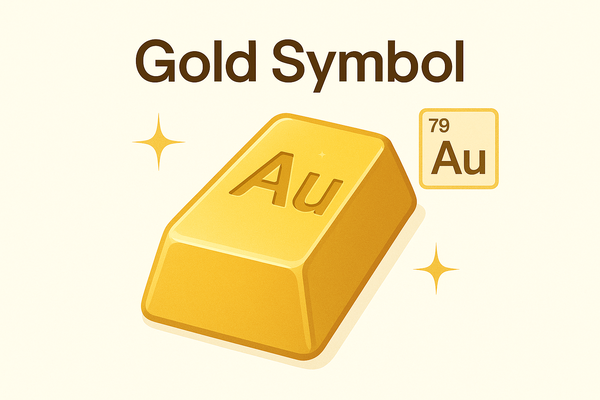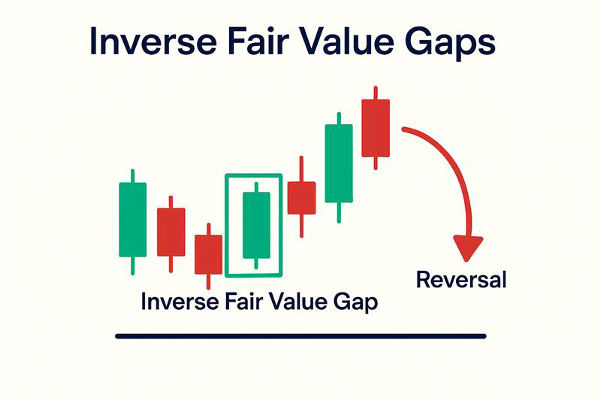In recent years, copy trading has transformed the way everyday people access financial markets. Instead of spending hours analysing charts or learning complex strategies, investors can now follow experienced traders and automatically replicate their moves. This innovative approach combines the convenience of automation with the insights of professional expertise—making it possible for anyone, regardless of skill level, to participate in trading with confidence.
What Is Copy Trading?
 Copy trading is a type of investment strategy that allows individuals to automatically replicate the trades of experienced and often professional traders. Instead of conducting your own analysis or making independent trading decisions, you choose a trader to follow—commonly known as a "strategy provider" or "signal provider"—and your account will mirror their trades in real time.
Copy trading is a type of investment strategy that allows individuals to automatically replicate the trades of experienced and often professional traders. Instead of conducting your own analysis or making independent trading decisions, you choose a trader to follow—commonly known as a "strategy provider" or "signal provider"—and your account will mirror their trades in real time.
The core idea is simple: if the trader you copy buys EUR/USD, your account also buys EUR/USD. If they close a position, so do you. This allows even those with minimal market knowledge to benefit from the expertise of seasoned traders.
Copy trading is often grouped under the broader category of social trading, where investors interact, share insights, and learn from one another in a community-driven environment.
How It Works
 The process of copy trading is relatively straightforward and highly automated, thanks to modern trading platforms. Here's a step-by-step breakdown:
The process of copy trading is relatively straightforward and highly automated, thanks to modern trading platforms. Here's a step-by-step breakdown:
Platforms such as EBC offer integrated copy trading functionality. After signing up, users can browse a list of verified traders, complete with performance metrics and risk scores.
Traders are ranked based on factors such as monthly returns, drawdown, trading frequency, and follower count. Many platforms offer filtering tools to help you find a trader that matches your risk appetite and investment goals.
You can choose how much capital to allocate to each trader. Most platforms allow proportional copying—so if you invest $1.000 in a trader with a $10.000 portfolio, and they allocate 10% to a trade, your account will place a $100 trade.
Once linked, all of the trader's positions—buys, sells, stop-losses, and take-profits—are mirrored in your account in real time.
While the process is automated, you still retain control. You can stop copying at any time, adjust allocation, or even close specific trades manually.
Types: Copy Trading, Mirror Trading & Social Trading
Although often used interchangeably, there are subtle differences among copy trading, mirror trading, and social trading:
Copy Trading involves replicating another trader's current and future trades automatically. You are essentially investing in the trader's skill.
Mirror Trading was more algorithmic in nature, where traders copied predefined trading strategies or systems, rather than decisions made in real-time by an individual.
Social Trading offers a broader community-based experience. Traders can view others' positions, exchange commentary, and learn strategies but are not necessarily copying trades automatically.
Copy trading, in its current form, merges both social and technical elements, allowing beginners to participate in financial markets with minimal input while learning from observation.
Who It's For
Copy trading is not just for beginners—though that's where it finds its largest audience. Here's a breakdown of the key user groups:
Those new to the market may lack the technical knowledge or confidence to trade independently. Copy trading allows them to participate passively while learning from others.
Individuals with limited time to devote to market research can benefit from outsourcing their trading activity to more experienced hands.
Even experienced traders use copy trading to explore unfamiliar markets or strategies without dedicating resources to learning them from scratch.
On the flip side, successful traders can monetise their performance by allowing others to follow their trades. Some platforms pay commission per follower or percentage of profits generated.
Ultimately, copy trading appeals to anyone looking for a balance between automation and control in investing.
Mitigation Strategies: Reducing the Risks of Copy Trading
While copy trading offers many benefits, it's not without risks—especially if you blindly follow a trader without doing proper research. Fortunately, there are several effective strategies you can use to reduce exposure and protect your capital:
Don't simply choose the trader with the highest returns. Look at consistency over time, drawdowns, risk scores, and number of active followers. Many platforms provide performance history and risk metrics to help guide your decision.
Most platforms allow you to cap losses by setting maximum drawdown thresholds. This means if a trader's performance falls below a certain percentage, copying will automatically stop to protect your funds.
Instead of putting all your capital into a single trader, consider following multiple traders with different strategies or asset focuses. This spreads your risk and reduces the impact of poor performance from any single provider.
By applying these risk management tools, copy trading can become a more stable and strategic component of your investment portfolio.
Conclusion
Copy trading has revolutionised the way retail investors engage with financial markets. By offering the ability to replicate the trades of seasoned professionals, it democratises access to potentially profitable strategies and lowers the entry barrier for beginners.
Whether you're new to trading, looking to diversify, or simply exploring ways to automate your investments, copy trading provides a flexible, scalable, and increasingly popular solution. However, as with all investments, it comes with risks, and choosing the right trader to copy is as important as the strategy itself.
Stay informed, start small, and use reputable platforms—and you may find copy trading to be a powerful addition to your financial toolkit.
Disclaimer: This material is for general information purposes only and is not intended as (and should not be considered to be) financial, investment or other advice on which reliance should be placed. No opinion given in the material constitutes a recommendation by EBC or the author that any particular investment, security, transaction or investment strategy is suitable for any specific person.


 Copy trading is a type of investment strategy that allows individuals to automatically replicate the trades of experienced and often professional traders. Instead of conducting your own analysis or making independent trading decisions, you choose a trader to follow—commonly known as a "strategy provider" or "signal provider"—and your account will mirror their trades in real time.
Copy trading is a type of investment strategy that allows individuals to automatically replicate the trades of experienced and often professional traders. Instead of conducting your own analysis or making independent trading decisions, you choose a trader to follow—commonly known as a "strategy provider" or "signal provider"—and your account will mirror their trades in real time. The process of copy trading is relatively straightforward and highly automated, thanks to modern trading platforms. Here's a step-by-step breakdown:
The process of copy trading is relatively straightforward and highly automated, thanks to modern trading platforms. Here's a step-by-step breakdown:



